Does anyone know if this is native or some invasive species?
jbplantobsessed
3 years ago
last modified: 3 years ago
Featured Answer
Comments (6)
gardengal48 (PNW Z8/9)
3 years agoRelated Discussions
'Invasive', 'Naturalized'; 'Native': Differences and Uses
Comments (2)gg, i was so impressed with your very articulate exposition on this topic- that I read it slowly and out loud to My Love. Occasionally visitors to the 'retum will notice our many Berberis- and comment on the Invasives list. The response that I give is usually rather harrumpphy (no surprise to pm et al!) I talk about how parts(just parts) of the official 'Invasives' list in Ma.were written for Reader's Digest level education, whereby the intricasies of this barberry or that barberry are believed to be too complex for the average buyer/gardener, so the whole barberry genus is lumped into the Invasives category. Berberis, the 'wild' one that grew here on our property when we moved here 23 yrs ago- THAT i have seen bird-seeded around. But all my berberis cultivars- aurea, helmond's pillar, rosy glow, etc etc etc- in my 23 years here- i have never seen them pop up here or on abutting properties. And berberis is not on the Invasives list in abutting states.I buy mine in Ct. I woud imagine that other 'Invasives' lists from other states- must also share these problems.? end of rant. I can't help myself; it just makes me sooo mad!! Others can now take their turns! best, mindy...See Moreanyone have an invasive species in yard?
Comments (49)Minibim, you are correct that many exotic plants are fine for wildlife in your yard. I agree with that, which is why I added the caveat above about whether or not you can contain the plant in question. Butterflies love many plants that we would not want to see taking over our natural areas, for instance. The point I'm trying to make is that when these plants escape into the wild and begin to eliminate native plants, in the wild, they become a problem. Our native plants are home to hundreds of animal, avian, and insect species, and we can't lose large areas of those plants without suffering damage to our native wildlife. I don't care HOW widely something spreads in a garden. That's up to the person gardening. What I worry about is anything planted in a yard that can easily become an invasive plant in the wild. If you can contain your wedelia and you like it, I don't see anything wrong with that. Species like Chinese tallow and golden raintrees can NOT be contained, and those are deadly to our wild areas. Felix, your wedelia is contained by the nature of your property. You live in an area that was once pastureland, and you have a huge border around you. I don't think your wedelia is going anywhere else. (Unless it spreads by seed, which I suspect is not really the problem.) Minibim, if you have yours contained and controlled, I don't see it as a problem, either. And I agree that our official list of "invasive" species should contain more info on how and why they are a problem. I'm guessing my long absence from here has gotten me out of the practice of expressing myself things clearly. Sorry about that. Marcia...See MoreInvasive species: Know your enemy
Comments (23)I wouldn't read too much into some of the arguments advanced in that book. They give one view but not one I agree with and I don't think some of the arguments given are convincing. Yes - to some extent invasive plant problems are connected with bad land management and we are to blame for them. But to use this as a reason not to manage invasive plants - I don't agree. If you want to fix problems caused by forest fragmentation in lowland NZ rainforest - well you can't really unfragment a lot of it because we have put cities and farms in the way. In such cases, you need to think about managing the consequences and this includes invasive plants. That is, if you want to take responsibility keep some parts of native forest remaining (I realise some people don't really care about that, but it matters a lot to me that we preserve some parts of our world for the environments and species that were there before us). Blaming plants has nothing to do with it. Also - in NZ it is pretty obvious in terms of plants what was here before humans arrived and what wasn't (how we usually define native). Over millions of years NZ ended up with somewhere around 2500 vascular plants via natural dispersal and speciation (there would be only a handful where we arent sure whether they are native or not). Maori arrived and brought about 10 plant species. The Europeans arrived (250 years ago) and have since introduced more than 25000. It's not the process of new species arriving that is the main issue. It's the RATE that is far exceeding pre-human times and that is the problem. With a longer human history North America is more complex but the issue is the same - it's the rate that is the problem. The arguments around "invasion is a natural process" and "everything was new once and will find their balance in time" seem to miss the point to me. Rats, stoats and cats will find their "natural balance" with flightless birds that evolved in the absence of mammalian predators. But that "natural balance" would see the extinction of many of New Zealand's endemic species (it already has in fact). There is a similar picture with invasive plants although it is much slower. Personally, I'm not prepared to accept that....See MoreAnyone know of an invasive fern that grows in Dallas?
Comments (7)I recommend Lindheimer Shield Fern. It is a Texas Native and spreads every year. Very sturdy (meaning my kids destroy it by walking on it, and it pops back up and spreads with some rain). It does go dormant in the winter. I also have Boston Fern growing in a shady area. Very fast spreader. It also goes dormant in the winter. Easy to rip out if it goes where you don't want it. Here is a link that might be useful: Lindheimer Shield Fern...See Morearbordave (SE MI)
3 years ago4bubbies
3 years agoarbordave (SE MI)
3 years agosam_md
3 years ago
Related Stories
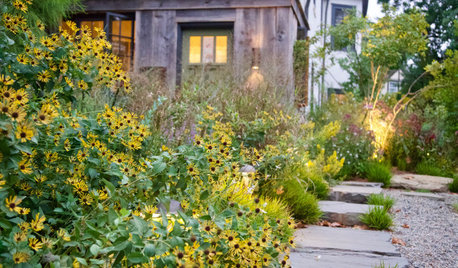
GARDENING GUIDESWhat to Know About Starting Your First Native Plant Garden
Fall is an ideal time to plant a sustainable garden that supports wildlife and looks good too
Full Story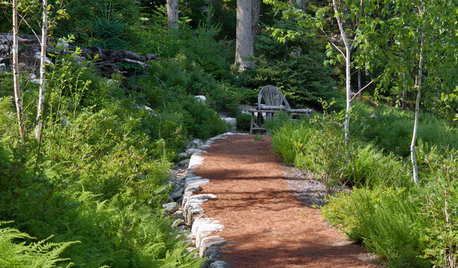
GARDENING GUIDES5 Things to Know About Weeding and Mulching Your Native Garden
What’s the best time to pull weeds? How thick should the mulch be? Here’s the scoop for a healthy landscape
Full Story
GARDENING GUIDES15 Native Flowers That Feed Native Bees
These perennials offer superfood to hundreds of bees and are gorgeous in their own right
Full Story
GARDENING GUIDESDo You Have This Invasive Plant in Your Yard?
Garlic mustard is spreading across the U.S. Here’s how to spot it and what to do
Full Story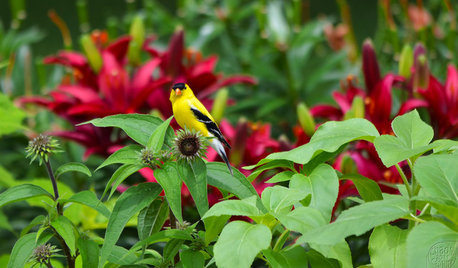
GARDENING GUIDES13 North American Backyard Birds to Know
Find out about these enchanting native species and learn how to attract them to your yard
Full Story
GARDENING GUIDES10 Deer-Resistant Native Flowers to Plant This Fall
Learn about natives that embrace some kinds of wildlife but resist grazing deer
Full Story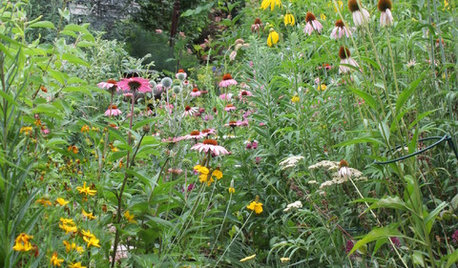
GARDENING FOR BUTTERFLIES3 Ways Native Plants Make Gardening So Much Better
You probably know about the lower maintenance. But native plants' other benefits go far beyond a little less watering and weeding
Full Story
GARDENING GUIDESWhy Your Native Plants Might Be Struggling
Some common issues have simple remedies
Full Story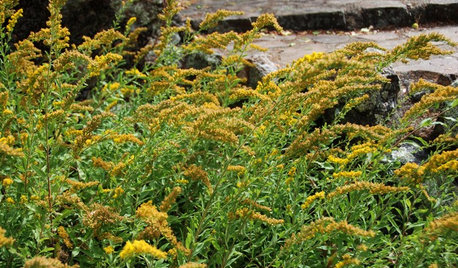
GARDENING GUIDES6 Native Goldenrods Worth a Second Look
Goldenrod gets a bad rap as being aggressive, but these more mannerly choices offer a bunch of benefits
Full Story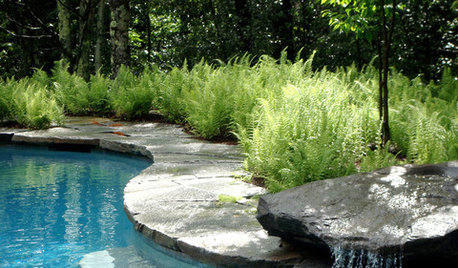
GROUND COVERSNative Alternatives to English Ivy, Japanese Pachysandra and Periwinkle
These shade-loving ground covers are good for the environment and say something about where you are
Full Story


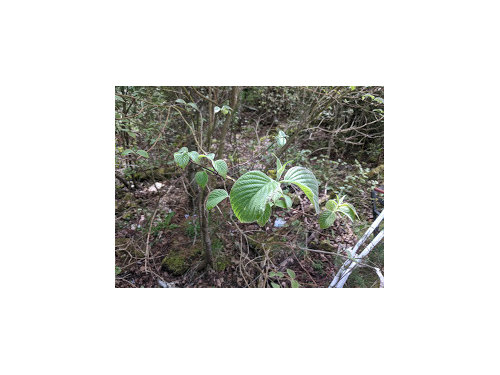
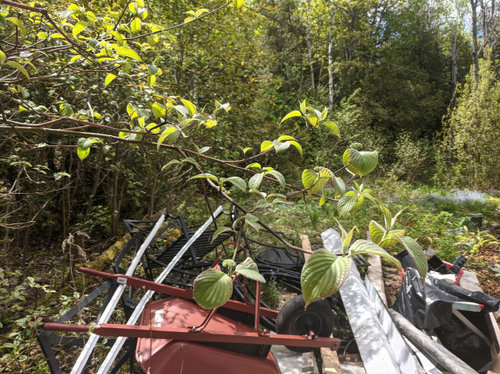
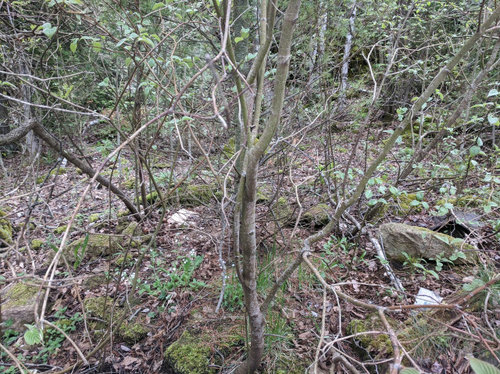
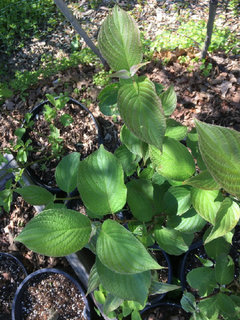
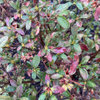

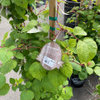
Embothrium